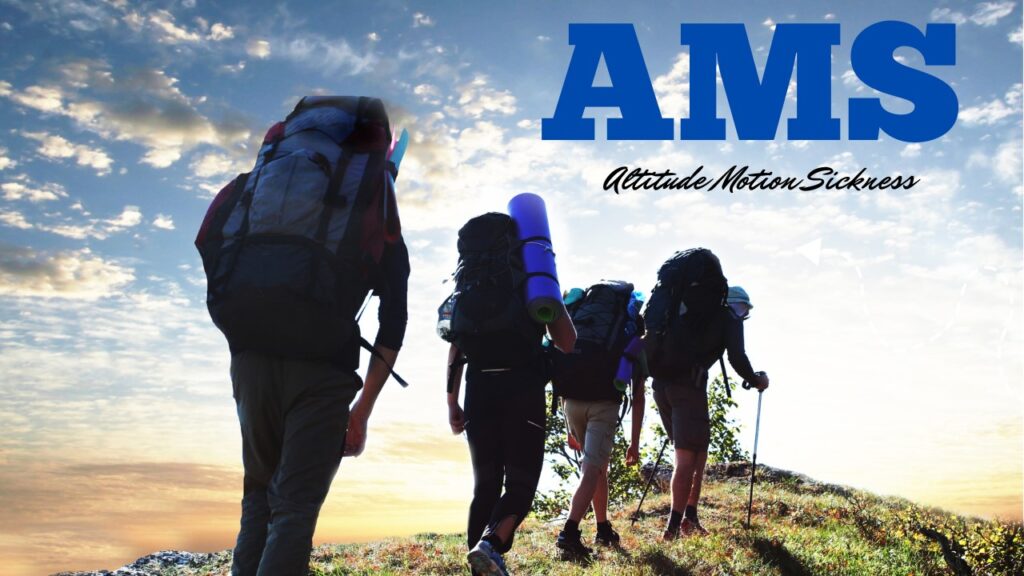Himachal Pradesh is a state in India that is blessed with natural beauty in abundance. The entire state is mountainous and most of the area is surrounded by the high peaks of the Himalayas. It offers breathtaking views of mountains, lakes, glaciers, forests, waterfalls and so much more that nature has blessed Himachal Pradesh with. No wonder people flock here for tourism, and a large chunk of people come here because this state also offers exciting trekking opportunities for adventure seekers. Trekking, however, requires you to venture into the higher regions of the Himachal Pradesh mountains gain altitude. However, all this sometimes carries the risk of acute mountain sickness (AMS). But no need to worry, as this post will tell you more about AMS, its symptoms, prevention methods and the importance of taking necessary precautions before embarking on a trekking tour in Himachal Pradesh or other states.
Table of Contents
ToggleTrekking in Himachal Pradesh Mountains
Himachal Pradesh has a plethora of interesting trekking routes that attract adventurers from all over the country and even from abroad. There are so many trekking routes but some of the most popular ones are Hampta Pass Trek, Chanderkhani Trek or the challenging Pin Parvati Pass Trek. All these treks offer varied terrains with different levels of difficulty and breathtaking views around the trails. However, as you gain altitude on these treks, there is sometimes a risk of AMS, so hikers need to be aware and prepared.
Understanding Acute Mountain Sickness (AMS)
AMS is a common condition that occurs when the body is exposed to high altitude without proper acclimatization. It is caused by reduced oxygen levels and air pressure at higher elevations. AMS can affect anyone, regardless of physical fitness or trekking experience. It is important to know the symptoms and take preventive measures to ensure a safe and enjoyable trekking experience.
Risk factors for AMS
Several factors contribute to the high likelihood of contracting AMS while trekking in the high mountain regions of Himachal Pradesh. These include the rapid ascent, the altitude reached, individual susceptibility, lack of acclimatization, and physical exertion. It is important to be aware of these risk factors and plan your trek accordingly.
Symptoms of AMS
Recognizing the symptoms of AMS is critical for timely intervention. Common symptoms include headache, nausea, dizziness, fatigue, loss of appetite, shortness of breath and sleep problems. If you notice these symptoms, it is important not to ignore them and to take appropriate action to prevent the condition from worsening.
Prevention and Precautions
Prevention is key when it comes to AMS. Here are some important precautions to keep in mind before embarking on a high altitude trek in Himachal Pradesh, Uttrakhand, Jammu Kashmir, Ladakh or Sikkim, Arunachal or other states.
Gradual Acclimatization
Give your body enough time to acclimatize to the higher elevations by incorporating rest days into your trekking schedule. A gradual ascent and a day or two at middle altitudes will help your body adjust and reduce the risk of AMS.
Hydration and Proper Nutrition
To prevent AMS, it is important to stay hydrated. Drink plenty of fluids, preferably water, and avoid excessive alcohol consumption. Also, make sure you eat a balanced diet of foods rich in carbohydrates and electrolytes to keep your body energized during your hike.

Medication against AMS
Before your hike, talk to a doctor and ask about medications that can help prevent or relieve AMS symptoms. Common medications include acetazolamide, which helps with acclimatization, and ibuprofen to relieve headaches. It is however, important that, these medications are taken only under a doctor’s supervision.
Recognizing AMS and Descent
If symptoms of AMS worsen in you or your fellow hikers despite preventive measures, it is important to recognize the condition and take appropriate action. The most effective treatment for AMS is to descend to a lower elevation immediately. Do not hesitate to inform your hike leader or group leader of any symptoms you or others experience.
The Importance of Trekking Guides
Trekking guides play an important role in your safety and well-being during high mountain treks. They are knowledgeable about the terrain, weather conditions, and prevention of AMS. Listen to their advice, follow their instructions, and talk openly about any discomfort or symptoms you experience.
Conclusion
Trekking in the breathtaking landscapes of Himachal Pradesh mountains is an incredible adventure, but it is important to be aware of the risks associated with AMS. By knowing the symptoms, taking preventative measures, and seeking medical attention when needed, you can minimize the risks and enjoy a safe and memorable trekking experience in this beautiful region.



